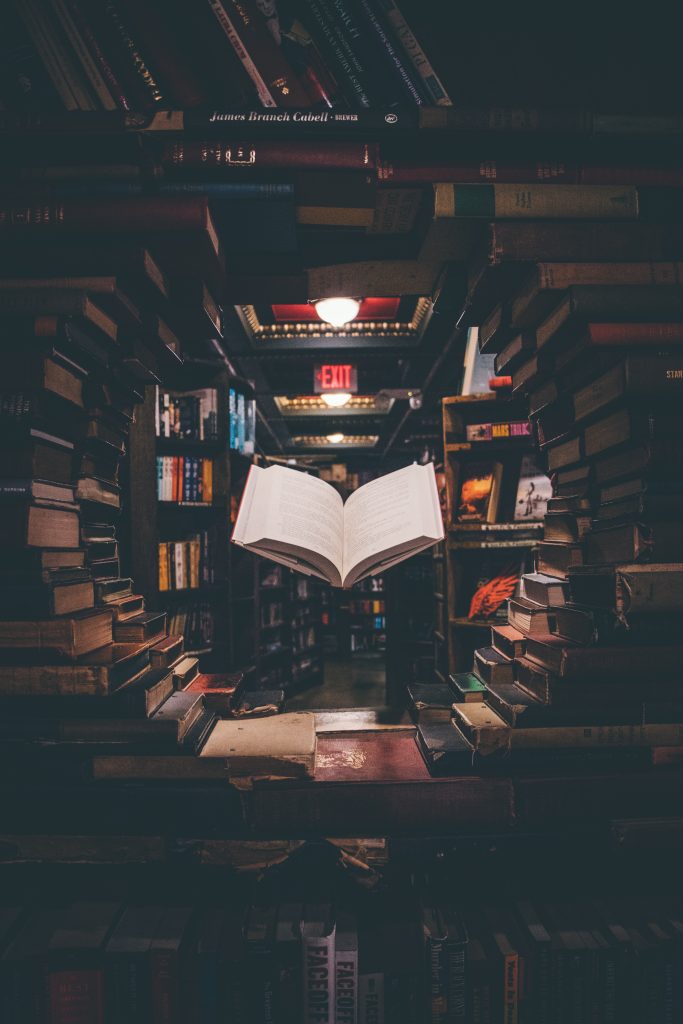By Abak Hussain
Why do some literary works transcend to the status of ‘classics’ while others remain brief flashes in the pan?
In the aftermath of the Indian ban on The Satanic Verses in the late 1980s, Salman Rushdie wrote an excoriating open letter to Rajiv Gandhi, schooling the then-prime minister about the concept of free speech, what kind of society India ought to be, and the enduring power of art.
At one point in his diatribe, he switches gears towards a more universally favored work, Midnight’s Children (fans of the book will recall that Rushdie’s 1981’s Booker-winner did not show Indira Gandhi in a flattering light), accusing the Gandhis of vendetta. In the letter, Rushdie wrote: “Perhaps you feel that by banning my fourth novel you are taking long-overdue revenge for the treatment of your mother in my second, but can you be sure that Indira Gandhi’s reputation will endure better and longer than Midnight’s Children?”
Disrespectful tone towards an honorable head of government aside, Rushdie’s self-assessment would have been inexcusably arrogant, had it not been entirely true.
Just about anything fades away in this world of rapid decay – with petty feuds forgotten as yesterday’s news, fragile politicians dead and buried along with their egos that seem to need constant nourishment from yes-men. Book bans and fatwas and sales figures and box office results and poll results are rendered irrelevant if we allow enough time to pass. But a truly good book stays on the shelf.
Not because of the amount of controversy the author may have generated, and not because it gets down on its knees to praise the powers that be, but because powerful art has always stood on its own two legs. It has always transcended time and space and offered something permanent to the world, something that keeps on giving, in reading after reading.
It is no accident that 41 years after the publication of Midnight’s Children, it is still being read widely and deeply, and publishers are constantly bringing out new editions to cater to new and emerging markets and generations. Long after you and I are gone, a lonely teenager somewhere could very well accidentally stumble upon a copy in a local library (I am going out on a limb and betting that libraries and physical books will continue to exist), have their mind blown and world rocked by the language, the skill, the scope, the sheer audacity of the style of writing, the basic insights into what it means to be a human being hurled through the corridors of history – and decide to become a writer. Maybe to the chagrin of their (perhaps brown?) parents, but that won’t matter, because the power of enduring art transcends even parental disappointment.

You never can tell
What makes a classic, and what is it about a work that can really make it stand the test of time? I cannot claim to have the answer. Most creators would love to create something enduring if they could, but as a proportion of the total population, very few actually do. Moments in the history of a craft that can seem explosive at the time can turn into nothing but curiosities after enough time has passed, and the struggle for an artist to go from being “OK” to “great” is a long and hard one.
Just look at the book industry and the sheer volume that is produced every single year. Thousands upon thousands of novels are published every single year. If you include books of all kinds, you are looking at hundreds of thousands of new books every year hitting the global market. If you include all the self-published matter as well, we are talking about something in the millions, and this is just annually.
From the perspective of the proud author, or their friends and family, the moment that a book comes into the world is a very special thing, and its author may well hold high hopes that it will become a classic. It doesn’t hurt to hope, but it is worth remembering how extremely rare this phenomenon is. The vast majority of this deluge of literature gets forgotten rather quickly, and is read, at most, in extremely niche circles, or circulates among friends and family.
In this hard-to-love-but-hard-to-shake profession of ours called journalism, we have learnt to live with the pitifully brief shelf life of our own work. As a columnist and editor, for example, I personally have no illusions about how long an op-ed piece, or a “Talk” piece on one of these MW pages, will stick around. My most optimistic projection for a piece for myself is usually a handful of likes, a modest amount of shares that can be counted on one hand, and, if I’m lucky, a few favorable comments from appreciative readers.
This all happens fast. Then the sun sets, and rises again, and it is a new day and a new news cycle, and then everyone’s attention has moved on. A thoughtfully packaged monthly magazine probably has a little more shelf life than a piece of fleeting newspaper commentary (not to mention your average newspaper editorial which nobody reads in the first place) but still, in the grand scheme of things, we merely add to a barrage of transient discourse washed away like tears in the rain.
Sometimes, just out of curiosity, I will dig up one of my very old op-ed pieces, maybe some angry commentary about the news of the day. Often, I can’t even make sense of what the piece was about, or what I was thinking at the time – the struggle is real. That’s OK. We continue to get out of bed, show up to do the work, try not to dwell too much on our own shelf life, and then move on to the next job. Rushdie we are not.

Immortality
And yet there remains in many of us, somewhere, that desire to produce an actual classic. The world is defined by things that endure, things that are not only unbreakable, but appreciate over time upon critical re-evaluations.
Once that status of classic is achieved, no amount of mudslinging or criticism can really bring it down – it exists now safely in the world of letters, like the moon or the stars in the sky. Politics defines the present moment, and many books will get written just to toady up to the regime, but shelf life is elsewhere. Even heads of state, even kings and queens and princes are relegated to faces in the crowd in time, while a true classic only keeps getting stronger.
Ask someone, for example: Who was the ruler of Germany around the mid-1800s? Most people will be at a loss. But a little book called The Communist Manifesto, written at the time by Marx and Engels, continues to be required reading across philosophy classes, literary theory classes, history classes, economics classes. It will stay on the shelf long after its practitioners have turned to dust. It is impervious to your opinion of it.
Call Marx misguided if you wish. The book – pamphlet really – has joined other books in that most elite of bookshelves. Let’s call that club, perhaps, “the Immortals.”
Abak Hussain is a journalist, and Contributing Editor at MW Bangladesh













